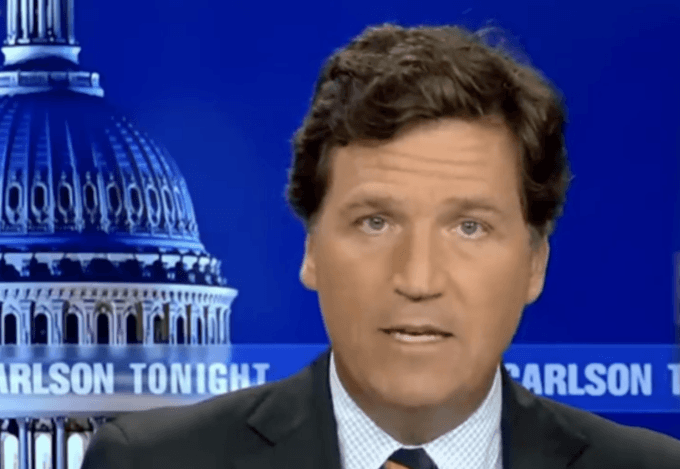NOVANEWS
By M K Bhadrakumar
If the expectation was that US President Donald Trump would outline his strategy toward Afghanistan at the summit meeting of the North Atlantic Treaty Organization in Brussels (May 25-26), that might not be the case. Secretary-General Jens Stoltenberg in his customary pre-summit press conference at the alliance’s Headquarters, in fact, said the summit’s agenda will focuse on two issues: a) Stepping up of NATO’s contribution to the fight against terrorism. The NATO will not undertake combat missions and its role is to “deal with the root causes of terrorism, training local forces is one of the best tools we have”; and, b) “Burden sharing”, which meant meeting the pledge that the member countries had made in 2014 to stop the cuts in military budgets, and “gradually increase and move towards” spending 2% of GDP on defence within a decade.
This is essentially a summit to get acquainted with Trump. The US’ allies fervently hope that Trump will give decent burial to his famous description of NATO being “obsolete” and, in particular, pledge loyalty to Article V of the alliance’s charter on collective security. There is bound to be some unease because Trump can be very unpredictable.
Stoltenberg was circumspect about Afghanistan, saying,
- But the security situation remains challenging. We have recently completed our regular review of our training mission. And our military commanders have asked for a few thousand more troops. We are currently in the process of force generation and I expect final decisions to be taken next month.
It appears that Trump is yet to take a final decision on the US troop level in Afghanistan and/or his strategy toward the war.
Interestingly, during the Q&A, Stoltenberg distanced himself from the allegations in the US media (attributed to senior Pentagon commanders) that Russia has been giving covert support to Taliban to undermine the NATO operations. He said, “We have seen reports, but we haven’t seen fine proof of direct support of Russia to the Taliban.”
Importantly, Stoltenberg added, “We urge Russia to be part of an Afghan-led peace process” to reconcile the Taliban. This is a significant remark, because the NATO secretary-general usually takes his cue from Washington. Can this remark be taken as Stoltenberg’s premonition of some sort of US-Russia cooperation sailing into view over Afghanistan in a near term? It is a plausible assumption, if only because, below the radar, US-Russian cooperation over Syria at the military-to-military level is gaining momentum in the fight against ISIS. The US, it seems, is taking a leap of faith, finally.
Earlier today, addressing the upper house of the Russian parliament in Moscow, Defence Minister Sergey Shoigu made the stunning disclosure that the Russian and American militaries are engaged in discussions about the Syrian situation in a “round-the-clock mode” and are preparing a “joint project” on the hugely controversial southern zone of “deconfliction” where the competing interests of various external protagonists — Israel, Jordan, Iran, US and Hezbollah — threaten to bring the roof down. (See my earlier blog US, Iran run into each other in Syria.)
To quote Shoigu,
- We did not halt contacts and cooperation with them (Americans), this is also happening almost in a round-the-clock mode, we are talking with them during the day and the night, and we are meeting at different venues. A great work is underway with them. We would like it to be completed and presented as a project ready for implementation. But we are working with them and working, naturally, on the southern zone of de-escalation.
The “great work” in progress on Syria can stimulate similar cooperation in Afghanistan as well. Indeed, the US and NATO snubbed repeated Russian overtures over the years for cooperation in Afghanistan, including at the level of the Moscow-led Collective Security Treaty Organization. But Trump is perfectly capable of deciding that Russian help is useful and necessary in Afghanistan in the fight to defeat the ISIS and to bring the war to an end through a negotiated settlement with the Taliban.
By the way, Stoltenberg’s 48-minute press conference in Brussels today was free of any of his past rhetoric against Russia. It will be interesting to see what, if any, Trump will have to say tomorrow on “Russian aggression”, which had been the leitmotif of such high-level NATO events in the recent years during the Barack Obama administration. The video of Stoltenberg’s press conference is here.




